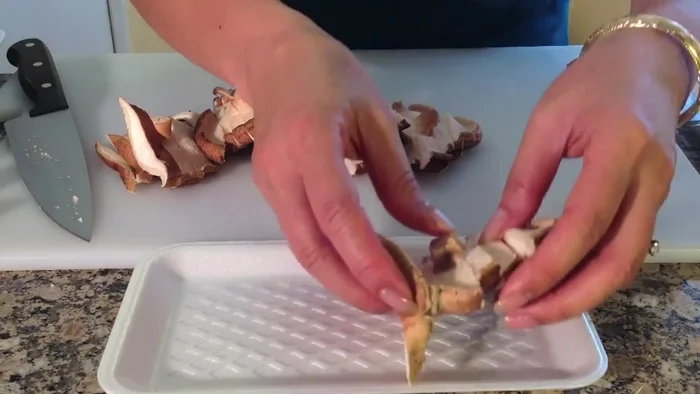Bibimbap, meaning "mixed rice," is a vibrant and incredibly satisfying Korean dish that's both beautiful and delicious. A colorful explosion of textures and flavors, this iconic bowl features fluffy white rice as its base, topped with an array of savory and slightly spicy ingredients. Think tender marinated beef (or tofu for a vegetarian option), crisp julienned vegetables, a fried egg, and a generous drizzle of gochujang, the quintessential Korean chili paste. The combination of sweet, savory, spicy, and umami notes creates a symphony on your palate, making it a truly unforgettable culinary experience.
Beyond its impressive flavor profile, bibimbap is surprisingly easy to make at home, allowing you to customize it to your liking. Whether you prefer a classic preparation or want to experiment with different vegetables and proteins, this versatile dish is perfect for a weeknight dinner or a special occasion. Ready to embark on a culinary journey to Korea? Let's dive into the step-by-step instructions to create your own perfect bowl of bibimbap!
Tools Needed
- Large pan
- Small cup
Ingredients
- Shiitake mushrooms
- Soy sauce
- Sesame oil
- White onion
- Soybean sprouts
- Spinach
- Brown beef
- Sugar
- Garlic
- Carrot
- Zucchini
- Salt
- Dried seaweed
- Korean hot pepper paste (Gochujang)
- Seasoned rice vinegar
- Sesame seeds
- Olive oil
Step-by-Step Instructions
Step 1. Prepare the Vegetables and Protein
- shiitake mushrooms, zucchini, garlic, carrots, and white onion.
- Blend soybean sprouts and spinach. Squeeze any excess water.
- Season the spinach and soybean sprouts with sesame oil and soy sauce.
- In a large pan, heat olive oil on high heat. Sauté sliced carrots, zucchini, mushrooms, and white onion. Add salt.


- Sauté chopped garlic with brown beef, soy sauce, sesame oil, and sugar.

Step 2. Cook the Protein and Vegetables
- In a large pan, heat olive oil on high heat. Sauté sliced carrots, zucchini, mushrooms, and white onion. Add salt.
- Sauté chopped garlic with brown beef, soy sauce, sesame oil, and sugar.
Step 3. Make the Bibimbap Sauce
- In a small cup, combine Korean hot pepper paste, soy sauce, seasoned rice vinegar, and sesame seeds. Mix well.

Step 4. Assemble and Serve the Bibimbap
- Fry an egg.
- Layer seasoned brown beef, dried seaweed, carrots, zucchini, mushrooms, white onion, soybean sprouts, spinach, and fried egg on top of rice.


Read more: 3 Fancy Kimbap Recipes: Chunky, Spiral & Heart Kimbap
Tips
- Make sure the zucchini is soft before adding other ingredients.
Nutrition
- N/A
FAQs
1. Can I make bibimbap ahead of time?
You can prepare the ingredients (vegetables, meat, etc.) ahead of time and store them separately in the refrigerator. Assemble the bibimbap just before serving to prevent the rice from becoming soggy.
2. What can I substitute for gochujang?
If you don't have gochujang, you can try a mixture of sriracha, soy sauce, and a touch of brown sugar for a similar spicy-sweet flavor. Adjust to your taste!
So there you have it – your very own delicious bowl of bibimbap! This vibrant and flavorful dish is a testament to the beauty of Korean cuisine, and we hope you enjoyed the journey of making it. Now go forth and impress your friends and family with your newfound culinary skills!
